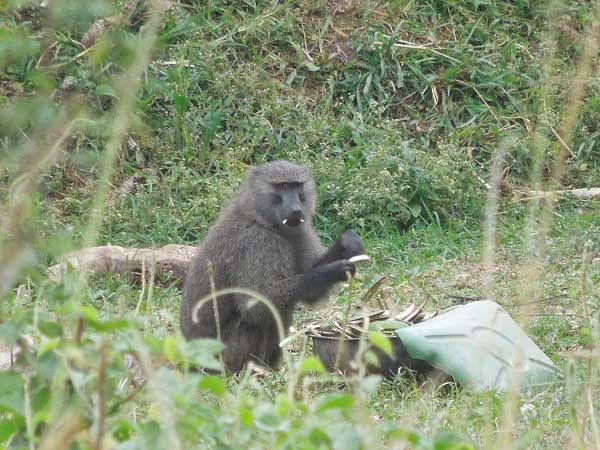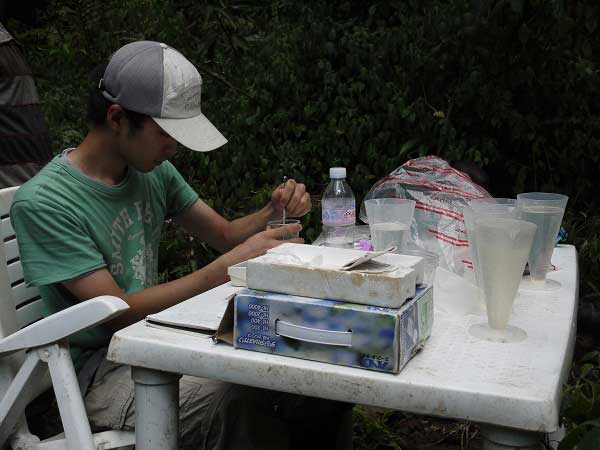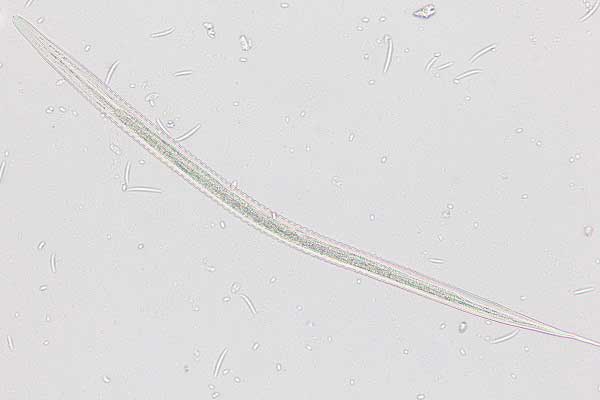Japanese report
AS-HOPE report
Number: AS-23-040
Parasitological research of wild primates living in Kalinzu Forest
Report: Ejima Shun
Date: 2012/1/4 - 2012/2/29
From 7th January to 26th February 2012, I stayed at the
Kalinzu Forest Reserve, Republic of Uganda and investigated the
gastrointestinal helminths of wild primates living there. The study
subjects were 6 species (red-tailed monkey, blue monkey, L'hoest's monkey,
chimpanzee, black-and-white colobus and anubis baboon). First I followed
target primate species with a tracker and when the defecation was seen, I
collected their feces immediately. During the day, I weighed the fecal
samples and calculated the number of parasite eggs by a simple fecal
sedimentation method and sucrose floatation method under the microscope.
The surplus fecal samples were put in 50ml polystyrene tubes with 70%
ethanol and a total of 165 tubes were brought back to Japan for further
analysis. Some fecal samples were used for larva culture by
nutrient-agar-medium method and brought back to Japan. The larvae were
used for further identification and materials of DNA analysis. Soon after
returning to Japan, I reported about the distribution of 3 universally
seen parasite genus from my preliminary data in the seminar of Social
Behavior and Ecology Section. Hereafter I am planning to conduct further
parasite identification and calculation of parasite eggs, and phylogenetic
analysis using extracted DNA from eggs and larvae, to complete my master's
thesis.

Anubis baboon appeared in human habitation

Fecal analysis

Oesophagostomum sp. from agar culture
AS-HOPE Project< > >
|




